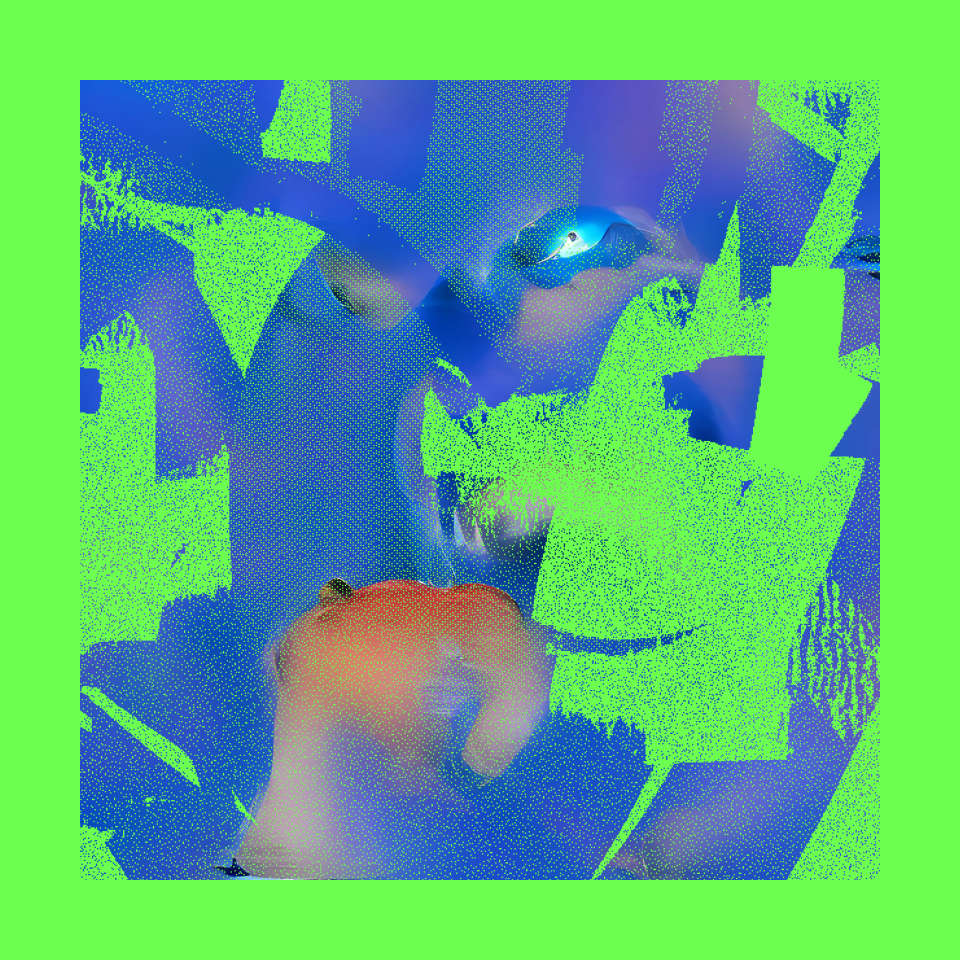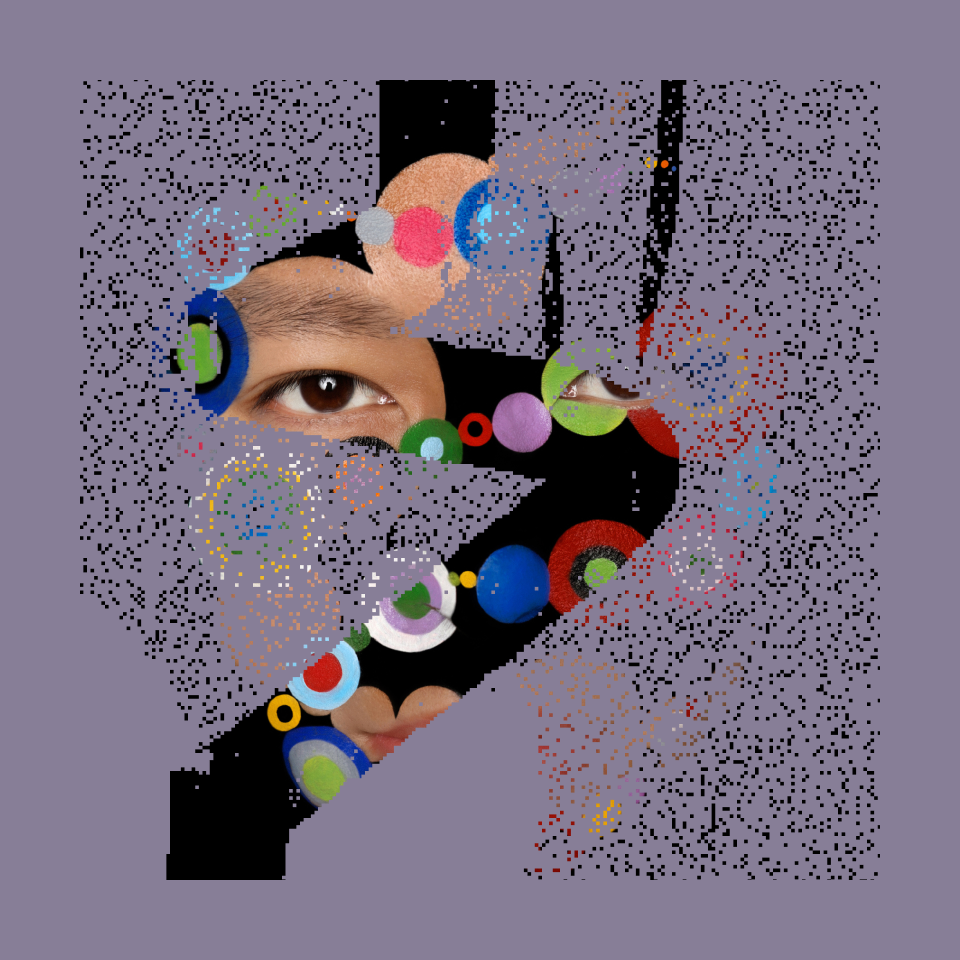Spaces are independent galleries that bring new curatorial voices into the SupeRare ecosystem, making SuperRare the first community-curated NFT platform. Whether you’re considering running for the Space Race or you’ve just started your SuperRare Space, we’ve rounded up some advice by some of the best Spaces Operators in our ecosystem to get you started the right way.
From Alejandro Cartanega of Fellowship
Fellowship’s mission is to elevate photography by presenting new ways to discover, collect and learn about the medium through NFTs from marquee estates, living artists, and emerging talent. Fellowship is the top-grossing SuperRare Space, with $4.2m generated in sales to date.
- Focus on building relationships with collectors and artists in order to create a strong community around your project.
- Educate collectors about the value of the art you are offering, as well as the artists' backgrounds, accomplishments, and the context of their work.
- Be thorough in researching artists and curating a diverse and high-quality collection that will appeal to collectors.
- Support artists by providing them with the necessary resources, knowledge, and time to focus on their creative work.
- Understand the relationship between web3 and the traditional art world, learning from the past and bringing valuable practices into the new space.
- Be patient and take your time to build something thoughtful and trustworthy, rather than rushing into decisions.
- Work at a manageable scale, focusing on under-promising and over-delivering to exceed expectations.
- Embrace both established artists and those new to the art world, creating a diverse roster that can appeal to various collectors.
- Stay curious and open to new ideas, exploring innovative practices and technologies in the art world.
- Prioritize amazing art, scouting for artists who push boundaries and transform their medium.
Learn more → Read the full interview with Alejandro
From Chikai Ohazama of MONOLITH
MONOLITH Gallery’s mission is to help establish curation as a core part of the growing NFT ecosystem by showing its value and democratizing it. MONOLITH wants to redefine curation as an action that advocates for artists and challenges gatekeeping present in the art world. MONOLITH is the second top-grossing SuperRare Space, with $308.7k generated in sales to date.
- Approach curation accessibly: You don't need a large team or organization to create value in web3 through curation; individuals can succeed too.
- Build long-term relationships: Use events like the Space Race as an opportunity to build connections and seek support within the community.
- Emphasize diversity: A diverse group of artists and styles can be an asset, not a limitation, for curators.
- Develop a clear vision: Have a greater mission that guides your curatorial process, focusing on building a community of artists and collectors who actively support each other.
- Evolve your mission: Be open to new opportunities and adapt your understanding of your role within the community.
- Engage in the larger NFT community: Interact and engage on platforms like Twitter to connect with the broader community and deepen relationships.
- Host IRL events: Strengthen bonds between artists and collectors and showcase work in tangible ways by organizing real-life events.
- Build trust with collectors: Learn their tastes and preferences, enabling connections with the right artists for them.
- Know your personality and strengths: Understand what you enjoy and how you work best, as this will help you maintain energy and commitment to your Space.
- Stay open to growth: Remain flexible and open to new opportunities, even if they don't align with your initial expectations, to evolve your Space and maintain its core values.
Learn more → Read the full interview with Chikai
From Paulius Uza of Artifact
For Artifact Gallery, curation can be community driven. By introducing gamification mechanics for artists and collectors, they have created a space where everyone can participate in the curatorial process. Artifact is the third top-grossing SuperRare Space, with $204.2k generated in sales to date.
- Build a brand around curation and develop back-office tools to run operations effectively.
- Create an open-source tooling ecosystem to make it accessible for all Space Operators, fostering collaboration and efficiency.
- Approach competition healthily and focus on growing the Spaces product and developing new business models and tools around it.
- Develop a strong taste and understanding of the market to curate works that will perform well over time, even if the artist is not yet well-known in the web3 space.
- Have a solid structure to handle operations, making it easier to onboard artists and set expectations for features.
- Invest in building the technical capabilities of artists and ensure their safety in navigating the web3 space.
- Uphold curation standards and carefully evaluate the artists you want to work with.
- Develop personal relationships with artists, offering services they need and connecting them with collectors who value their work.
- Gamify artist applications to increase visibility and create a market effect, attracting collectors and boosting community engagement.
- Encourage collaboration and open communication between Space Operators to share experiences, learnings, and combine efforts to better serve artists.
Learn more → Read the full interview with Paulius
From Sinziana Velicescu of Vellum LA
Founded in 2021, Vellum LA is a Los Angeles-based gallery with a focus on new media and digital art. Vellum LA’s goal is to meaningfully situate the digital art community within the context of art history, while also educating the public on the potential of blockchain to impact the future of art.
- Choose a web3 partner with a focus on curation and storytelling, aligning your values and goals with theirs.
- Bridge the gap between the traditional art world and web3 by introducing established artists to the digital space.
- Set attainable price points for emerging artists to maximize exposure and appeal to new collectors.
- Educate potential collectors in person to help them navigate the world of digital art and web3.
- Promote your art shows both online and offline, sharing context and stories behind the artworks.
- Be strategic about the timing and themes of your releases, and curate your exhibitions carefully and intentionally.
- Utilize your physical space to support and showcase local artists in your community.
- Customize and optimize the exhibition format to provide more context and enhance the user experience.
- Adapt to the changing market conditions and learn from successful spaces in the web3 ecosystem.
- Focus on online marketing and targeted outreach to attract new collectors and grow your audience.
Learn more → Read the full interview with Sinziana
From Connor Senay of Art Angels
With a flagship gallery in Los Angeles and permanent art curations in Nobu Hotel Miami Beach, Eden Roc Hotel Miami Beach, and Catch Restaurant Los Angeles, Art Angels presents an eclectic selection of both established and emerging artists.
- Leverage your experience in the traditional art world to build an audience for web3 artists.
- Embrace the technical capabilities of web3, such as royalties and provenance, while staying true to your ethos as a physical gallery.
- Use social media, particularly Twitter, to connect with the web3 community, share your vision, and showcase artists.
- Attend web3 events in your area to deepen relationships and stay in touch with the community.
- Provide support and guidance for artists interested in entering the web3 space, tailoring your approach to their specific needs and goals.
- Focus on community building, both online and offline, to foster connections between artists, collectors, and other stakeholders.
- Maintain regular communication with artists to ensure their needs are met and to offer assistance as needed.
- Develop targeted strategies for promoting artists and engaging with collectors, being mindful of market conditions.
- Collaborate with other web3 organizations and communities to expand your reach and share knowledge.
- Continuously refine and adapt your approach to curation and artist onboarding, striving for greater organization and efficiency.
Learn more → Read the full interview with Connor



